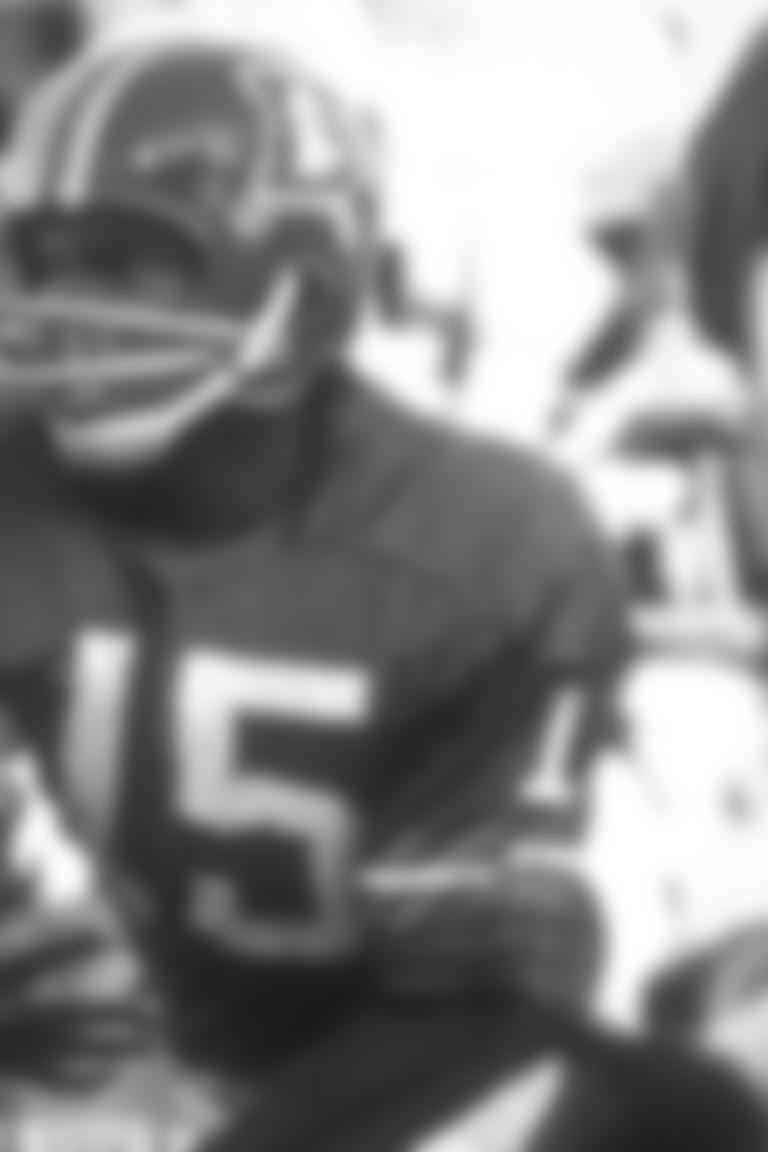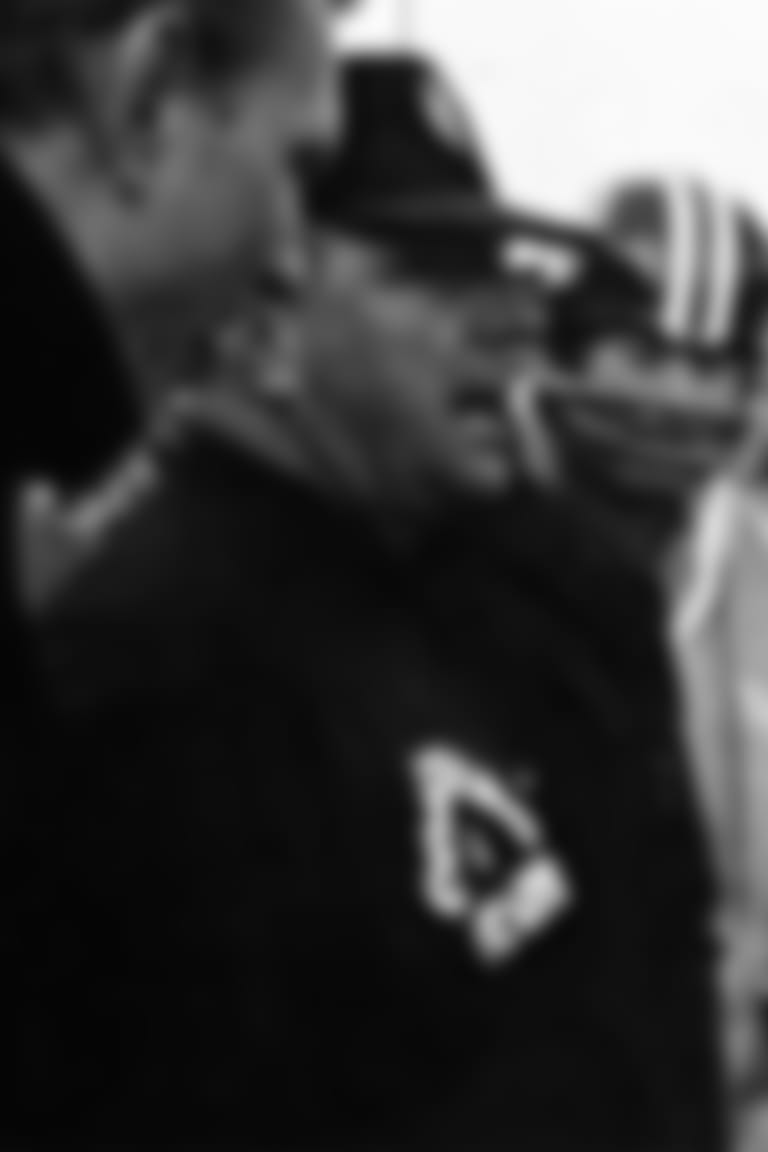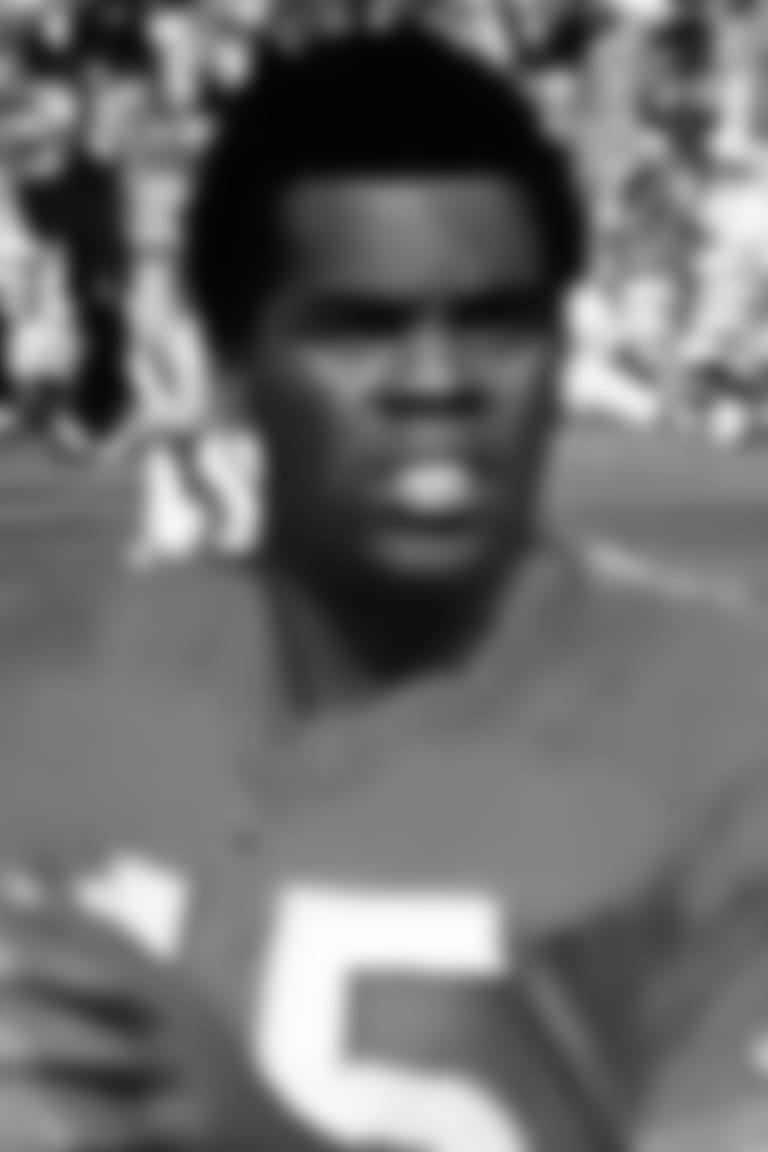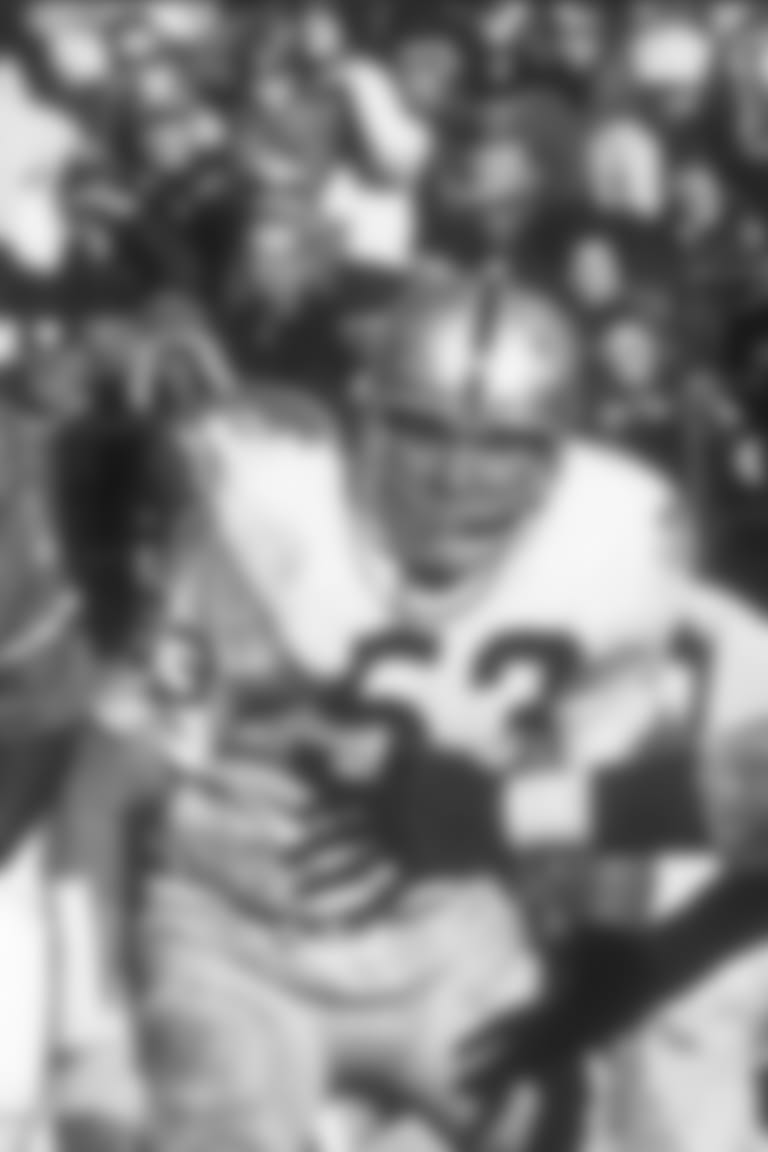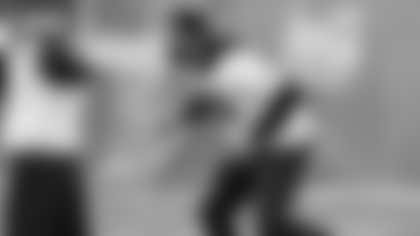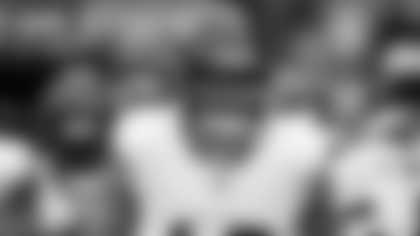In 1968, a small quarterback from Omaha, Nebraska, took the field for the Broncos and made history as modern American pro football's first Black starting quarterback. He dazzled and delighted crowds at Mile High, but a year later, he was gone from Denver. As we celebrate Black History Month, we're taking a closer look at the life and legacy of Marlin Briscoe. Today, we delve into the pressures he faced as a Black quarterback and how the rookie sensation finished out the year as Denver's starter.
Every day, Eric Crabtree checked the mail.
Early in the morning, after he had arrived at the Broncos' headquarters, he sifted through the letters addressed to players. Maybe there was a note here and there for him, but that's not what he was looking for. He was searching for envelopes addressed to Marlin Briscoe.
Fan mail was fine. He left those. He was looking for the death threats.
It wasn't a constant stream. Some days he'd take a peek and leave, happy to be empty-handed. On the bad days, he took what he found and deposited it in the trash.
"He got not that much, but enough to demoralize you," Crabtree says. "… I was trying to protect him."
For nearly 50 years, Briscoe never knew. The subject would come up at times in his conversation with other Black athletes, and he'd marvel at his luck compared to his contemporaries. After the Broncos announced his first start in October, he received plenty of mail, but he said the only letters he got were nice. ("They were all wishing me luck," he told the Omaha World-Herald[1]. "A lady in Boston even sent a prayer.")
It wasn't until maybe six years ago that Crabtree revealed the truth.
Such was the territory that came with being Black and playing quarterback — and racial tensions were especially high in 1968. About six months earlier, Martin Luther King Jr. had been assassinated, setting off demonstrations across much of the country.
Denver, despite its reputation even at the time as a progressive haven, was not exempt from conflicts either. As close to three days before the Broncos' season opener, unrest exploded in north Denver after an incident between a Black teenager and a white store owner[2].
"You know, '68 was a volatile year on every front," Briscoe says. "On every front, Black people, we had to undergo a lot of stuff. Having the first Black quarterback in 1968, when '68 was the most pivotal year in our country's history, to break the barrier at that position was unique. A lot of it was divine intervention, I don't know. … Bobby Kennedy, you had Dr. King, you had just so many different scenarios for Black and white life back in those days."
Amid all of this, being a pioneer for Black Americans put a spotlight on Briscoe, and whatever potential for glory Briscoe held was balanced by a potential for animosity.
The sport had been integrated at almost every level for some time, but that wasn't necessarily the case at every position. The game's decision-makers deeply abided by racial stereotypes in shaping their rosters, and as such, they decided — whether consciously or not — that Black men were not capable of playing positions that were seen as the realm of the intellectual athlete. When Briscoe broke that barrier at quarterback, some could not handle what they viewed as an intrusion on the natural order of things.



